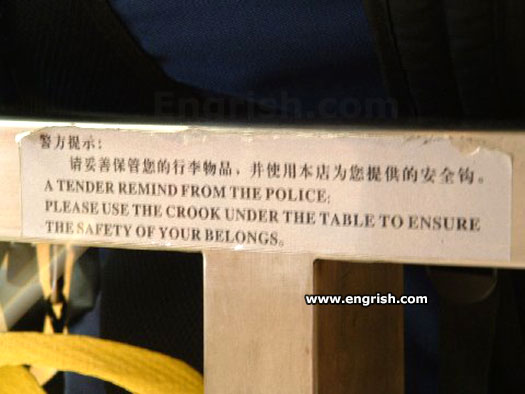Syllable rhythm in English and Mandarin
I've always been skeptical of the distinction between "stress-timed" and "syllable-timed" languages, at least as a claim about the phonetic facts of speech timing as opposed to the psychological dimensions of speech production and perception. Syllable durations in all languages vary widely, due to differences in the intrinsic durations of different vowels and consonants, the effects of phrasal position and emphasis, and many other factors. As a result, inter-stress intervals in languages like English or German are not actually "isochronous", and neither are inter-syllable intervals in languages like French or Spanish. And it's not even true that speakers generally make such intervals closer to isochronous than the relevant timing factors would otherwise predict.
But in "Speech rhythms and brain rhythms", 12/2/2013, I showed a plot of the average syllable-scale power spectrum in the 6300 American-English sentences in the TIMIT dataset, which indicated a key periodicity at 2.4 Hz. I noted that "2.4 Hz corresponds to a period of 417 msec, which is too long for syllables in this material. In fact, the TIMIT dataset as a whole has 80363 syllables in 16918.1 seconds, for an average of 210.5 msec per syllable, so that 417 msec is within 1% of the average duration of two syllables. […] One hypothesis might be that this somehow reflects the organization of English speech rhythm into 'feet' or 'stress groups', typically consisting of a stressed syllable followed by one or more unstressed syllables."
I added that "Unfortunately there aren't any datasets comparable to TIMIT in other languages; but I'll see what I can come up with as a more-or-less parallel test in languages that are said to be 'syllable timed' rather than 'stress timed." Almost ten years later, I've never delivered on that promise, though it would have been easy to do so. So for today's Breakfast Experiment™ I'll show the same analysis for the 6300 sentences in the recently-published Global TIMIT Mandarin Chinese dataset.
Read the rest of this entry »





